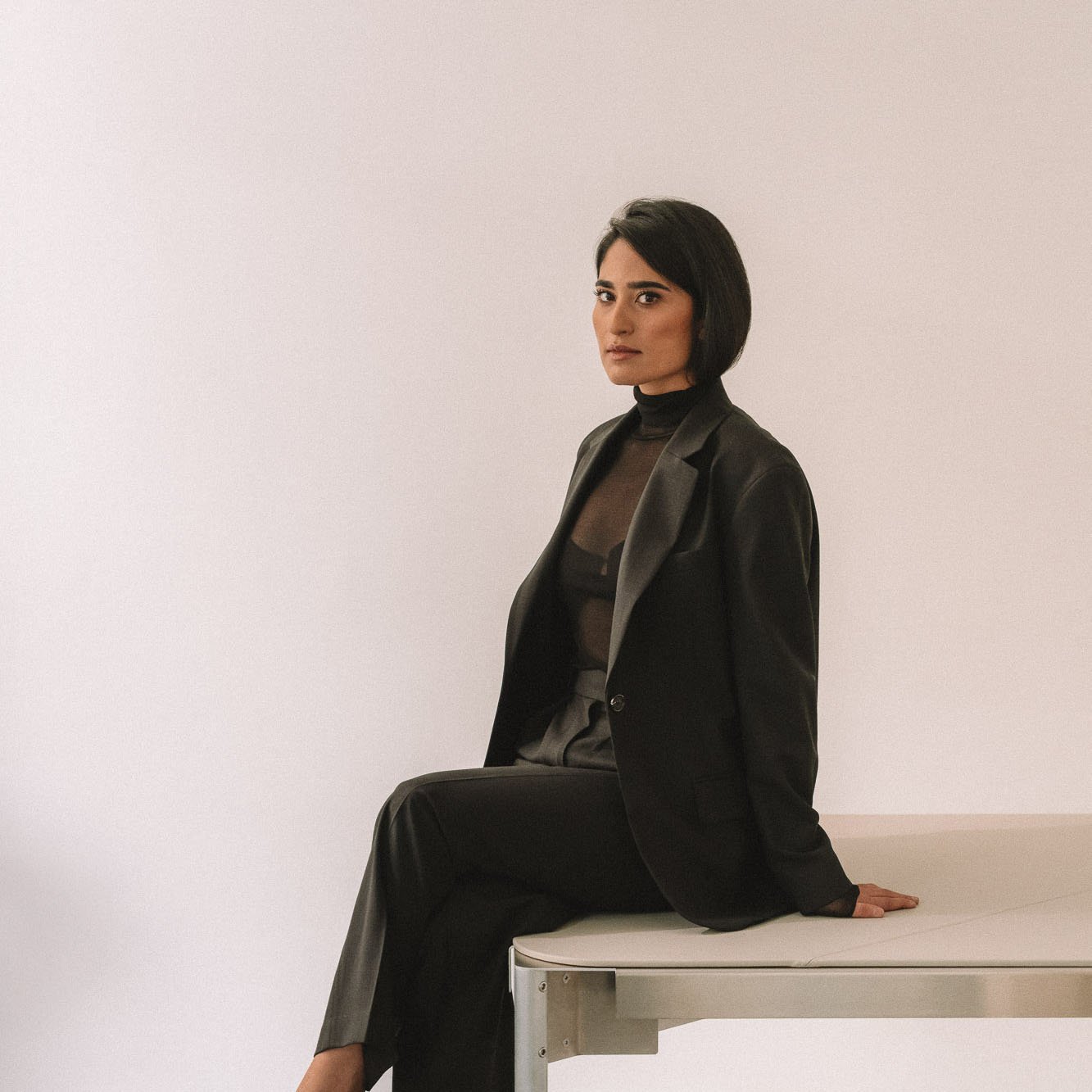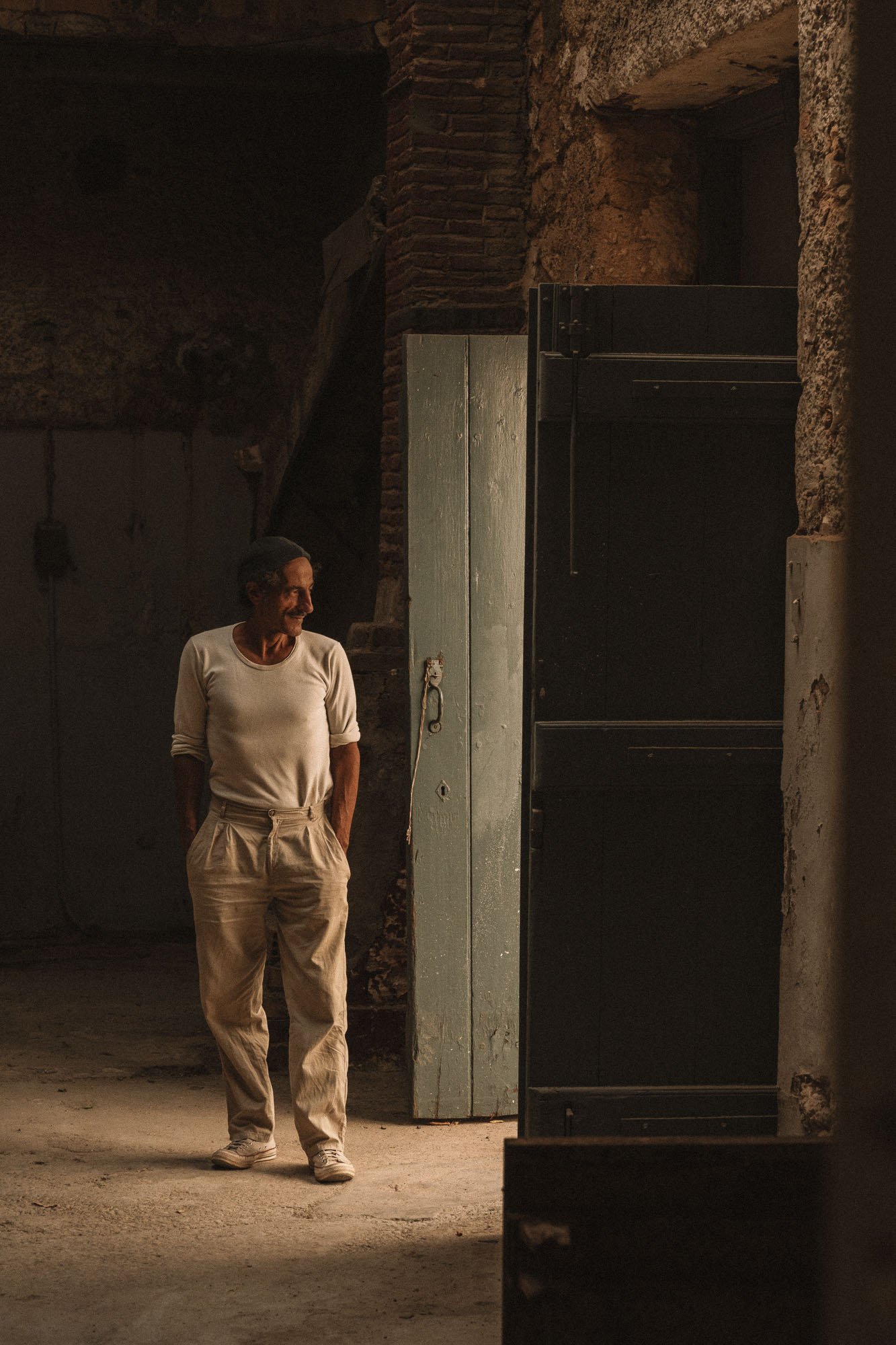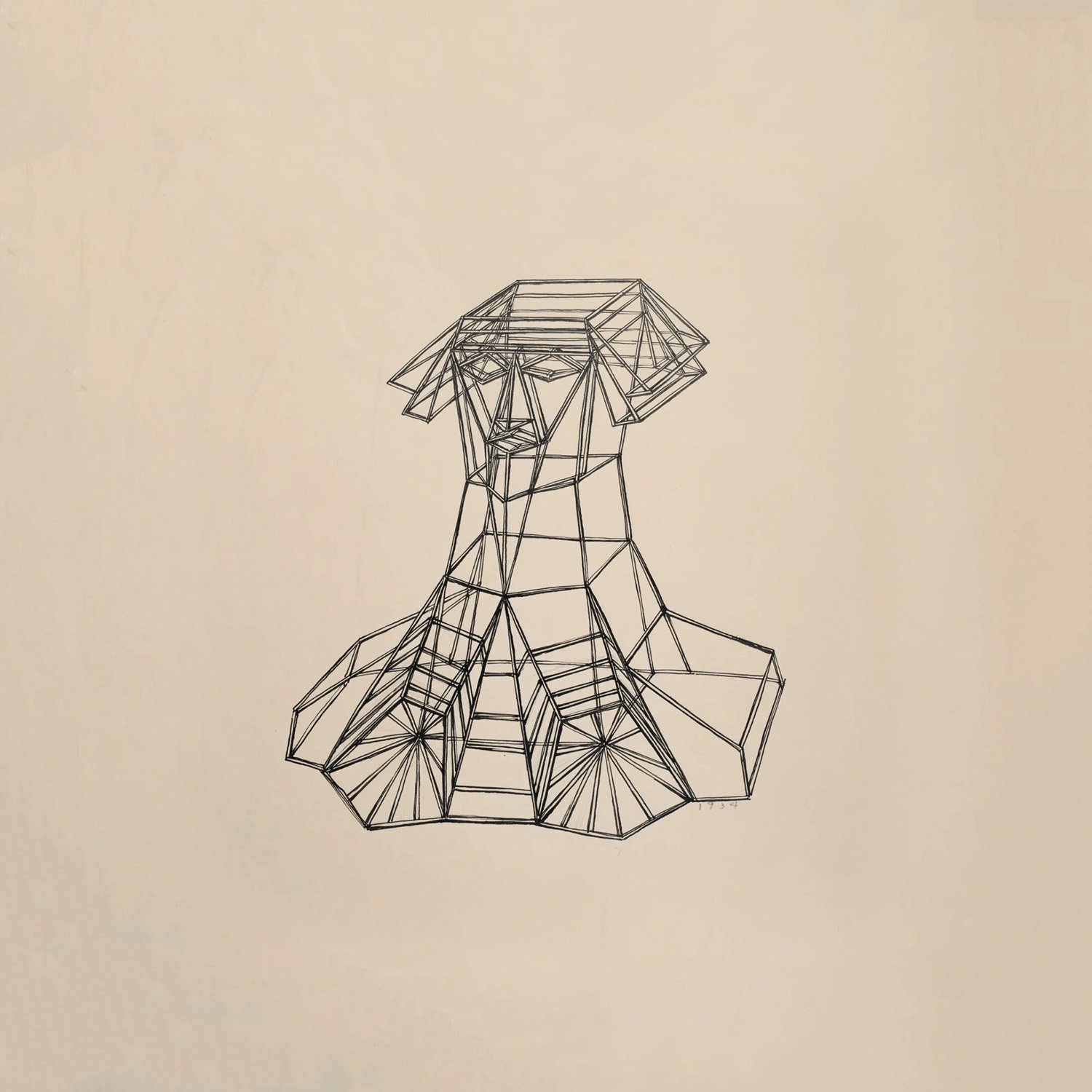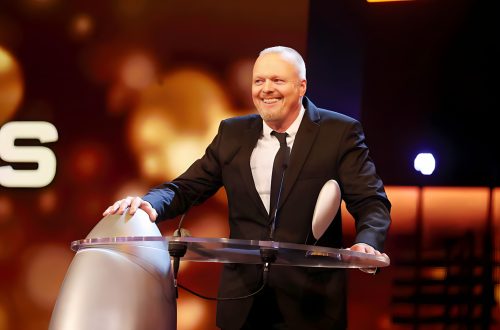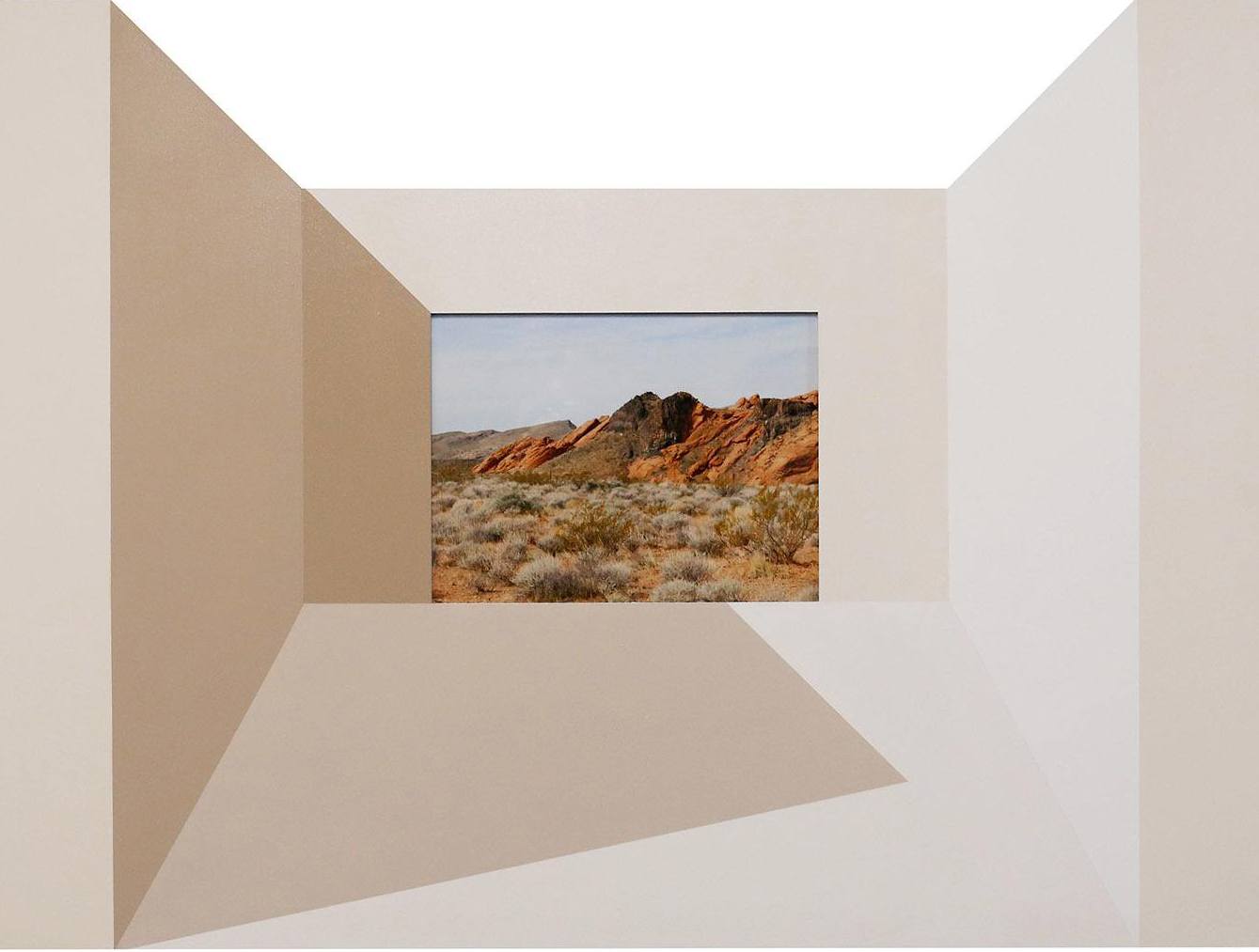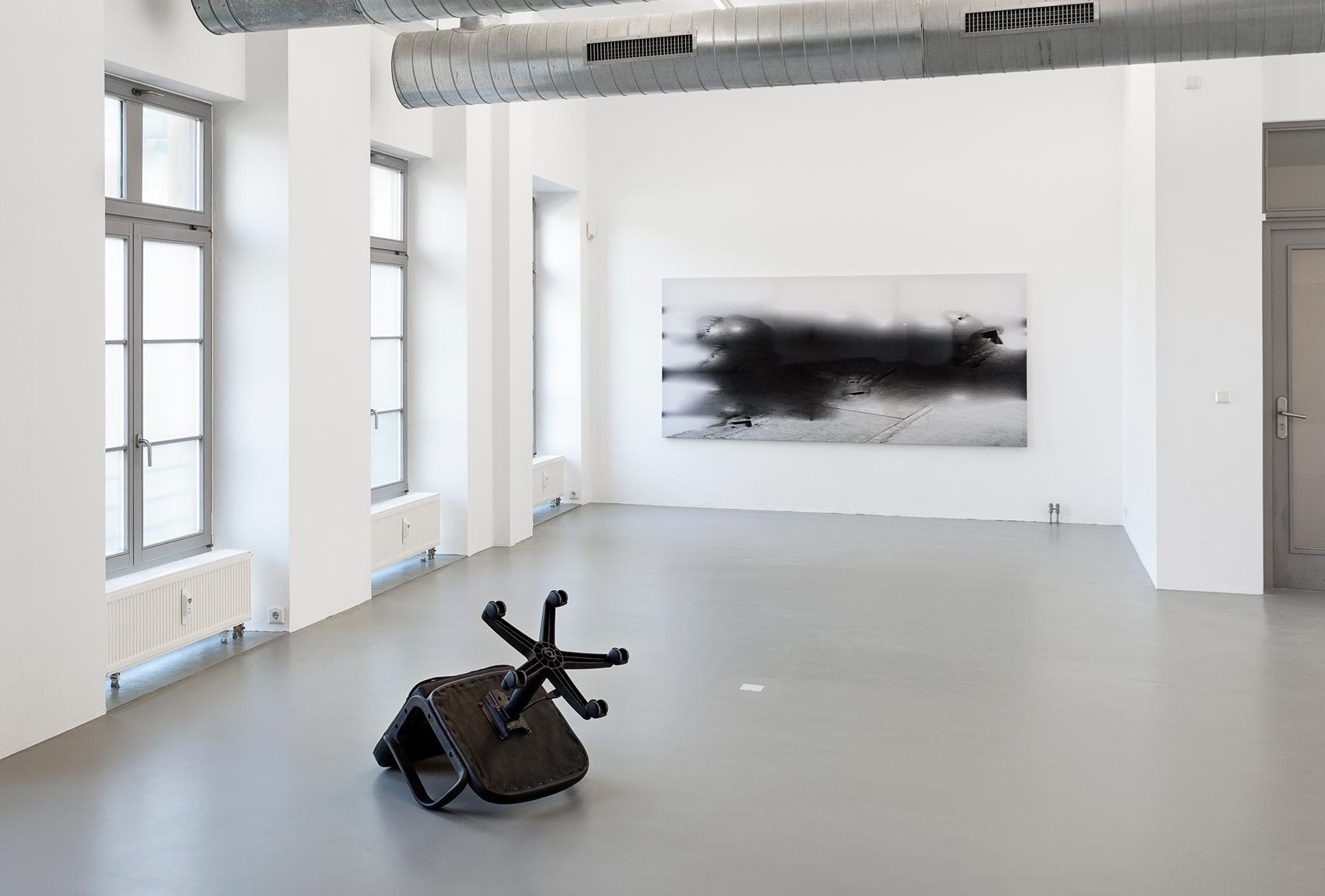On the subject of your family history, having grown up amongst the art studio and gallery of your father, you’ve spoken about how your parents allowed you to play around and interact with even the most valuable and fragile works in their collection. How did your parents’ approach to art and life influence your own practice?
My family—in particular, my father—have been intensively involved with art throughout my life, and I’ve inherited their passion. Because I was in contact with my father’s collections from an early age, I certainly developed an especially playful approach toward art. It comes naturally to me to combine and integrate works of art in different settings, and artworks also exude a certain sense of security, because they naturally also remind me of my childhood and give me stability and also give me strength, inspiration, and creativity with my work.
It’s true that my parents allowed me to play in my father’s studio and handle the objects there in a playful way, even together with friends, and as a teenager, it was definitely my greatest pleasure to be allowed to engage these objects or somehow use them to inform our own creativity. They didn’t hide their collection, but deliberately shared it with me, and I’m very grateful for that today, because it allowed me to develop this very natural approach to art, and also to antiques. I believe that of course, this natural and very organic approach to living with art is something worth cultivating because it holds so much promise. Art allows us to cultivate a life for ourselves—a contemporary one. Rather than distinguishing between art and life, I want to encourage an understanding of art as part of life’s reality.
I’d like to pause on the topic of personal connections. Growing up as a child of the Iranian diaspora – having been born in Tehran and moving to Berlin as a one-year-old, you’ve described your associations with Iranian culture as “a mythical awareness and melancholy”. Can you elaborate on these two elements?
Iranian culture has had a strong influence on me and has always fascinated me, just like the history and artists of this country. From an early age, I grew up with these mythical, fantastic stories like the Shahnama by Firdausi, (the Persian Book of Kings), and I identified very strongly with them. They greatly impacted my thirst for adventure, my creativity, my willingness to take risks, my passion, and, of course, also my melancholy.
The history of Iran reads like a thriller. The fact that this country was ruled for many centuries by non-Iranian dynasties and at the same time preserved its very own cultural and artistic identity, and even influenced these foreign rulers, moves me again and again. The protest movement ‘Woman, Life, Freedom’ [Editor’s note: This protest movement arose in 2022 and Iran and spread globally in response to the death of Jina Mahsa Amini, who died in custody for having been deemed by Iranian authorities to have failed to properly covered her hair] still shows that this spirit still persists in large parts of the population. Iran is a large source of my inspiration and creativity and also of my longing, hence this mythical and melancholic aspect.

